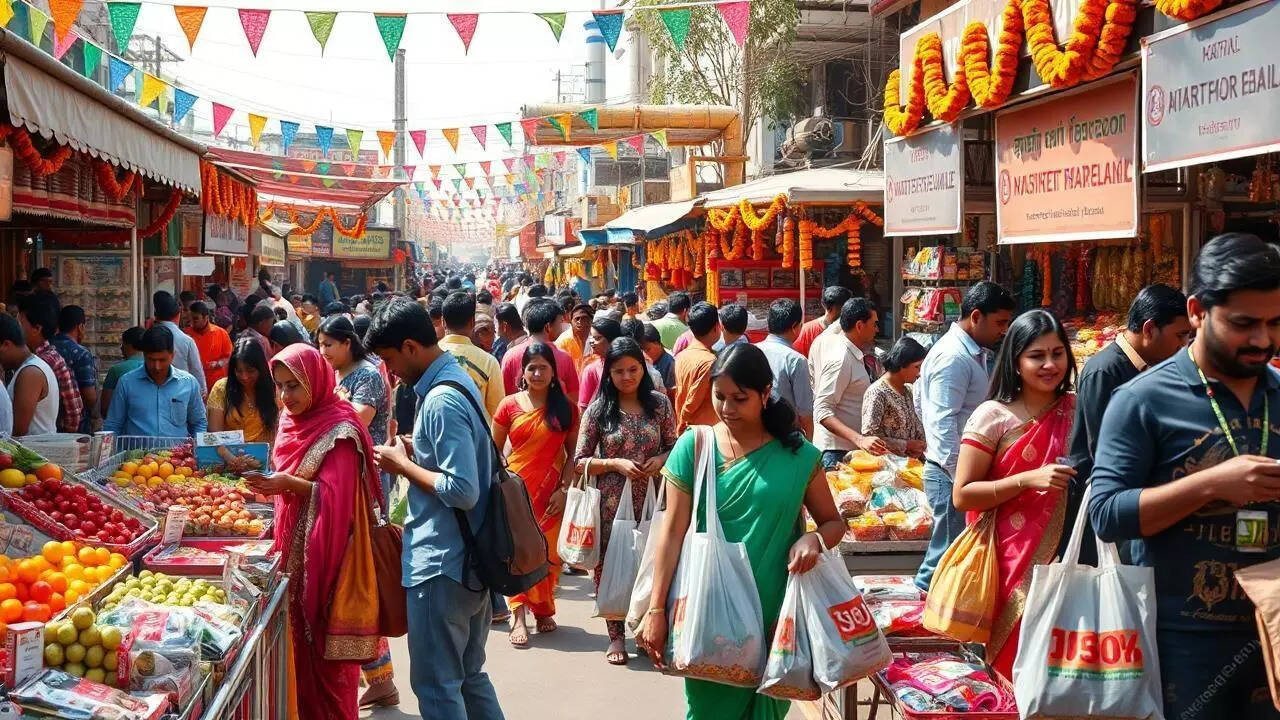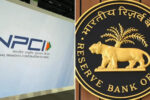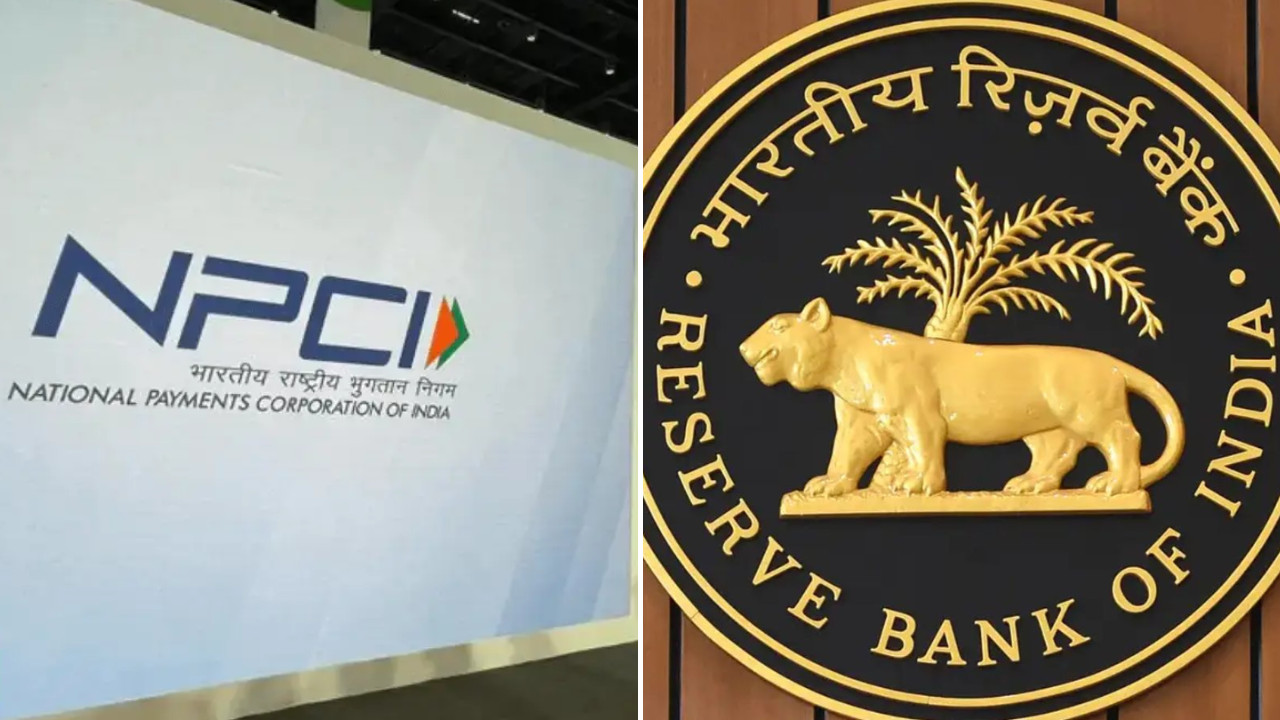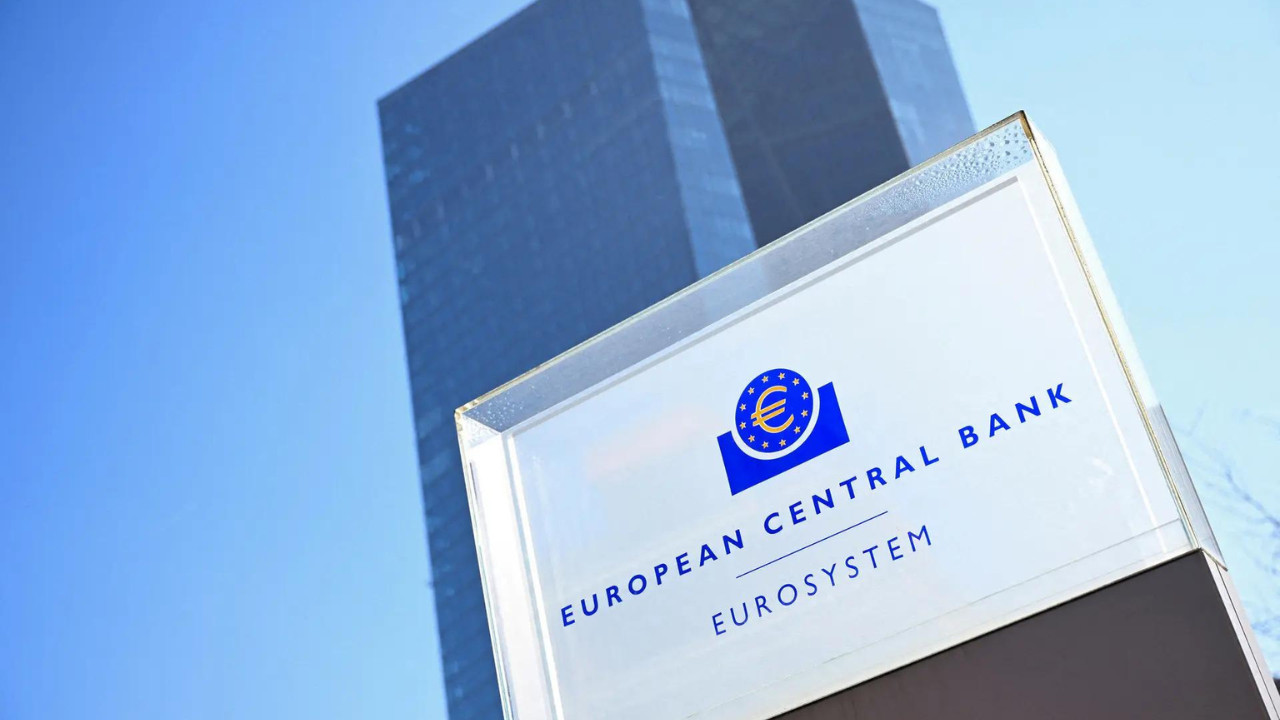GST reduction on 375 items boosted consumer spending. Navratri sales reached a decade high. Government officials cited industry data. Families upgraded vehicles and bought white goods. This turned festive cheer into record consumption. Brands and retailers reported sales growth. This provided a boost for India’s consumption-driven economy. Car bookings also saw an increase.
Navratri’s Retail Boom: More Than Just Festive Cheer
The air crackled with excitement, and not just from the aroma of delicious festival food. This Navratri season witnessed a retail surge unlike anything we’ve seen in a decade, painting a vibrant picture of India’s economic spirit. Forget just the dazzling lights and captivating dances; this year, the clinking of cash registers echoed just as loudly. But what fueled this unprecedented shopping spree? And what does it tell us about the state of Indian consumerism?
The numbers are impressive. Reports indicate that sales during the nine auspicious days reached levels unseen in the past ten years. We’re talking about a significant leap, fueled by a potent combination of factors that aligned perfectly to create a retail frenzy. While festive cheer undoubtedly played a role, digging deeper reveals a more nuanced story, one interwoven with strategic government policies and evolving consumer behavior.
GST Cuts: The Spark That Ignited the Flame
A key catalyst for this retail explosion was undoubtedly the reduction in Goods and Services Tax (GST) on several popular consumer items. Think about it: when the price tag looks a little friendlier, impulse buys become less of a guilty pleasure and more of an attractive opportunity. The government’s decision to ease the tax burden on specific goods directly translated to increased affordability, encouraging consumers to open their wallets and embrace the festive shopping season with renewed enthusiasm. This strategic move not only boosted sales but also signaled a commitment to stimulating economic growth through consumer spending.
The lowered tax rates created a ripple effect. Retailers, sensing the opportunity, rolled out attractive discounts and promotional offers, further enticing shoppers. It became a win-win scenario: consumers got more bang for their buck, and businesses enjoyed a surge in sales volumes. The result? A Navratri season that exceeded all expectations.
Beyond Price Tags: The Changing Face of Indian Consumerism
However, attributing the sales boom solely to GST cuts would be an oversimplification. A deeper look reveals a shift in Indian consumer behavior. There’s a growing aspirational class, eager to embrace modern lifestyles and express their identity through purchases. This isn’t just about buying necessities; it’s about investing in experiences and products that reflect their aspirations.

Furthermore, the rise of e-commerce has played a significant role. Online platforms have democratized access to a vast array of products, making it easier than ever for consumers to browse, compare prices, and make purchases from the comfort of their homes. The convenience and accessibility of online shopping have undoubtedly expanded the reach of the retail market, attracting a wider customer base.
This Navratri’s sales success story also hints at a growing sense of economic optimism. Despite global uncertainties, Indian consumers seem to be feeling confident about their financial prospects, leading them to loosen their purse strings and indulge in festive spending. This positive sentiment is a crucial ingredient in sustaining long-term economic growth.
Sustaining the Momentum: The Road Ahead for Indian Retail
The challenge now lies in sustaining this momentum beyond the festive season. How can businesses capitalize on this newfound consumer confidence and continue to drive growth? The answer lies in a multi-pronged approach that focuses on innovation, customer experience, and strategic partnerships.
Retailers need to invest in creating engaging and personalized shopping experiences, both online and offline. This includes leveraging technology to enhance customer service, offering curated product selections, and building strong brand loyalty. At the same time, businesses must adapt to the evolving needs and preferences of Indian consumers, who are increasingly demanding value for money, ethical sourcing, and sustainable practices. Understanding the factors behind the Navratri sales boom is essential for strategizing future growth.
The success of Navratri 2024 is a testament to the resilience and potential of the Indian retail market. By embracing innovation, focusing on customer satisfaction, and working in tandem with supportive government policies, the Indian retail sector can continue its upward trajectory and contribute significantly to the nation’s economic prosperity. It’s clear that understanding current consumer trends is vital for any company looking to establish a strong foothold in the Indian market. Internal Link: [Check out our insights on other recent shifts in the Indian economy].







